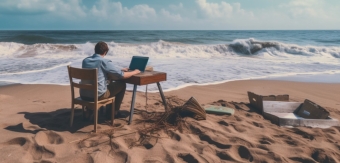As a distinguished Design & Art Director, Mirna Pticek's work is a testament to the power of authenticity, where every project reflects a deep connection to place, culture, and identity.
Whether crafting the visual identity of luxury hotels in Croatia or exploring the intersection of ecology and design, Mirna’s approach is rooted in a profound understanding of the impact her work has on the local economy, culture, and environment. Her journey, shaped by a commitment to excellence and a keen awareness of the world around her, offers invaluable insights into the art of meaningful creation.
In this exclusive Creativepool Member Spotlight, Mirna shares the inspirations, challenges, and wisdom that have defined her career, providing a glimpse into the mind of a creative visionary who continually pushes the boundaries of what design can achieve.
Where are you based now and who do you work for?
I work in three locations in Croatia — Zagreb, Dalmatia and the mountains of Gorski Kotar, where we usually retreat during intensive project development. My closest collaborator is my husband, a researcher and navigator on all my projects.
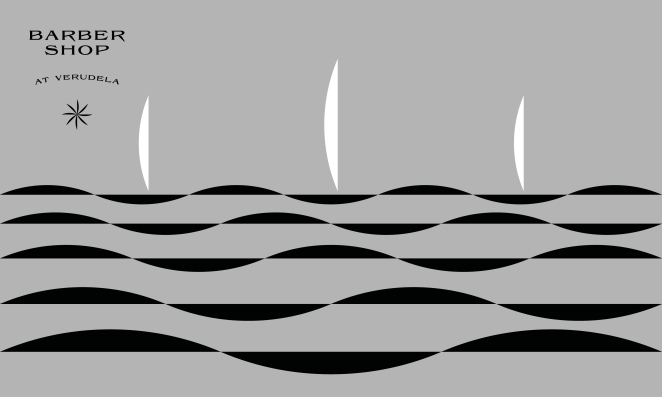
We work primarily for investors in the hospitality segment, which usually includes branding of hotels and resorts, restaurants and bars, wellness centres and various related luxury services and activities that deal with the quality of experience in a particular place and the identity of that place.
We are interested in projects expected to articulate the unique character of a destination and its offer, as well as an original identity rooted in a real place. These are usually investors who are aware of their influence on the local economy and how much their activity can be an incentive for the promotion of regional gastronomy, culture, crafts, and generally local activities.
In this sense, tourism has a beautiful face because if it is well-integrated and draws inspiration from the local area, then it creates more value. In a broader sense, I have developed expertise in visual identity and branding for the real sector, as well as universities, institutions, and culture.
If you weren’t in your current industry, what would you be doing?
I would do something connected to forest ecology or popularize planting moss! I might still have time to do that.
What tips would you give to aspiring creatives looking for work?
It is valid to gain experience in any role — but be bold and acknowledge when you have outgrown or mastered the level of a particular position or a complete agency, too. When something that was stimulating and played a role in your development reaches the ceiling and becomes a limitation, you should move on.
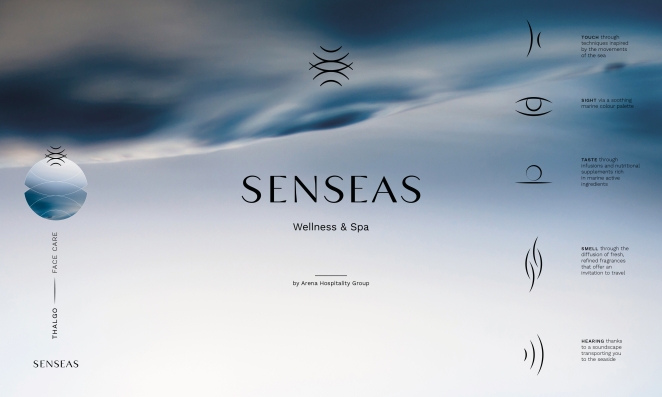
In all of this, it is essential to respect people and build your network, both on the creative and client sides. Companies are places where people meet, move on and pull each other forward. In this sense, people are always the most important, so look for companies that gather the best, inspiring people, the ones you wish to learn from.
What tips would you give to other professionals to get more clients?
In my experience, there is no better advertisement than a recommendation from a happy client. As important as technical and professional excellence is, so is communication and cooperation in which we see the client as a partner. No matter how long the project is, it will end, and when we look back, we should be satisfied with how the process looked and felt, and not be exhausted.
Young creatives often get advice to insist on their vision and concept, and it is easy to lose human understanding and the bigger picture. Projects then become a struggle with different goals; the client has business goals, and the designer actually aims for rewards or recognition.
If you approach projects as a team and achieve the results together, it often happens that clients themselves recommend the creatives, even to their own competition. Then, the level in a niche rises, everyone grows, and the bar rises.
On the creative team side, it's essential to agree on how feedback is understood and how important it is — and if you think you're getting feedback below your standards, then you shouldn't be working with that client because, probably, neither side is happy.
Likewise, branding for the real sector must result in something that lasts for years and generates prosperity. Such a project obviously needs to be a team effort in which the client contributes valuable insights. In other situations, you can go for the most progressive solution without worrying about who will understand or how it will affect business, such as in collaborations in culture. It is an entirely different context from the projects we usually do.
I think wisdom is to understand who you work for, and if it doesn't work for you, look for the niche where you'll feel comfortable. Then, things will start moving forward because there will be no internal conflict on your side.
Can you share a memorable experience from your career journey that shaped your approach to creativity?
Along with working as an independent art director, I was also a design contest leader for eight years in front of the Croatian Design Association and developed contest methodologies. I led each contest, organizing creative briefs for design teams, inviting jury members and moderating the work of juries.
In those eight years, I saw hundreds of presentations competing for awards and realisation, and most of them were very similar in how they approached and answered the briefs. Everything would be professional, mostly, logical, mostly, and led to similar visual results. But the winning works would take things further and stand out.
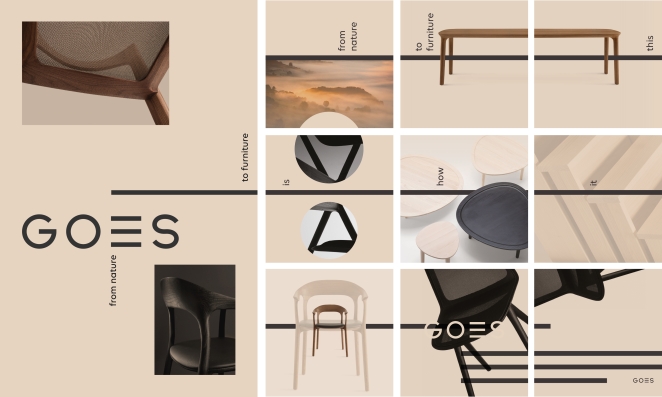
So the main difference was that the best work didn't stop once the team reached a logical result; it would then only begin to work with it, upgrade it, experiment with it.
My takeaway was that everyone stops too soon, and if you want to stand out, you have to look further when you already think you have something.
The thing is, when you work, you're closed in your own studio, not having anyone to compare to. So I mentally try to get past those four walls and avoid obvious solutions, and that experience did affect my process quite a bit.
What’s your secret to staying inspired and motivated?
Some like the hustle and bustle of the hive, but I like to isolate myself in the mountains and often think while walking in the forest. As for inspiration in terms of looking for an original solution for the project on the desk, I rely on research and a strategic approach. Designers are often their own creative researchers, and of course, to some extent, we should always be that.
Design teams tend to take all the strategic inputs before entering the creative phase and then let strategists go — or maybe that is only my experience. However, I find it vital to work with a navigator throughout the process, from extracting key data and explaining what they mean in reality and business, drawing insights along the way, to strategic guidance and additional research during the project.
What’s the work achievement you’re most proud of?
I am most proud of being independent after more than 20 years in the industry and the fact that I work with clients that I share values with.
How do you think technology has influenced the creative industries and how have you adapted to these changes?
It made the work much easier and, at the same time, raised the criteria in execution. Paradoxically, this doesn't always lead to a better execution as a slow, patient approach is often the ticket for going the extra mile, and a more time-consuming execution forces us to think out and plan the project thoroughly.
The fact is that technology has democratized the creative industry and made self-education and involvement possible for anyone who really feels it and wants it. Everyone now has better access and, potentially, open possibilities, and that's good.
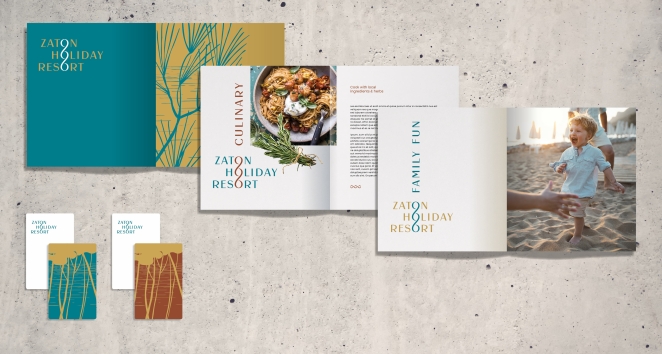
Not everyone will create remarkable things with the remarkable new technologies, but they will make a more educated audience and that is again, good. At the same time, we need bold, relevant, highly contextual business ideas about what to do with this technology.
Creatives, as usual, have to look for their own way and resist what they have already seen. It's that eternal search for the ikigai zone; what you're good at, what the world needs, what you love to do, what you can get paid for.
What is the one thing that you would change about the industry?
The creative industry clearly impacts people, not only users but also producers and investors. There are many opportunities where we, as professionals, could suggest more humane, sustainable, and environmentally friendly solutions. We move across an interdisciplinary environment and are natural communicators.
It would be great if we became more aware of our power to articulate genuine problems and propose solutions. For example, we could work more on connecting new, better technologies and materials with the mass market. That would be the best twist in the role of the creative sector, which often merely reacts to the client's requests.
We could get involved in the brief itself, go deeper into the design of the very processes of production, take greater responsibility.



